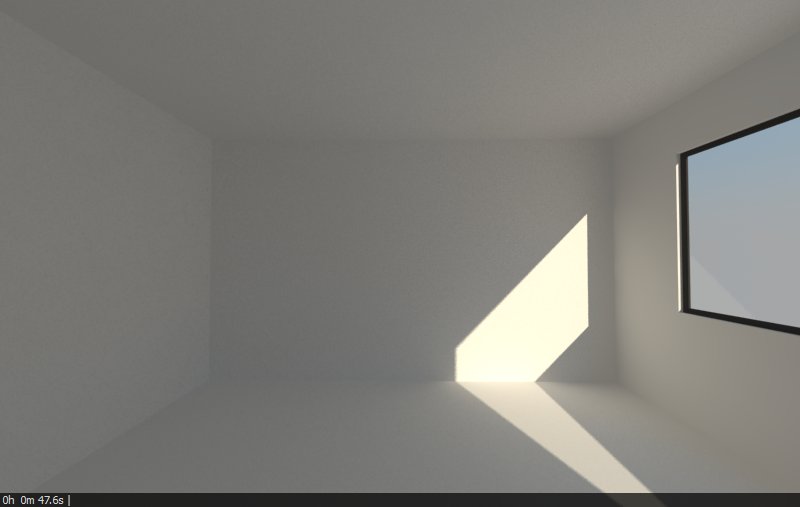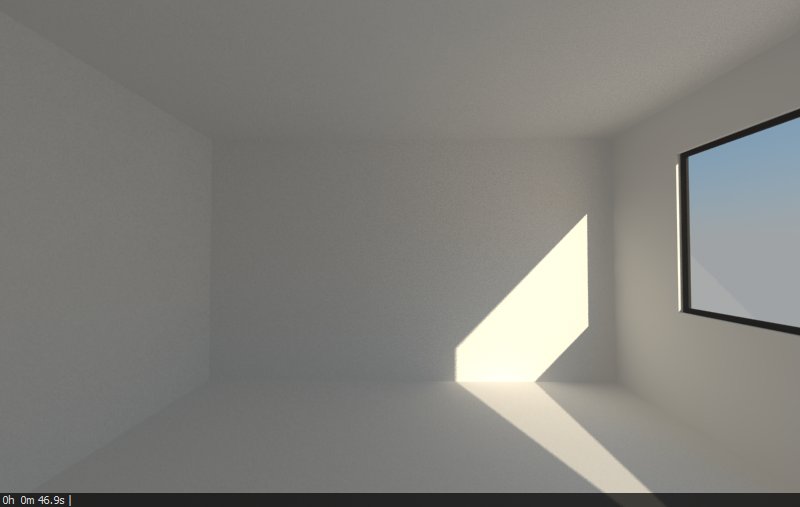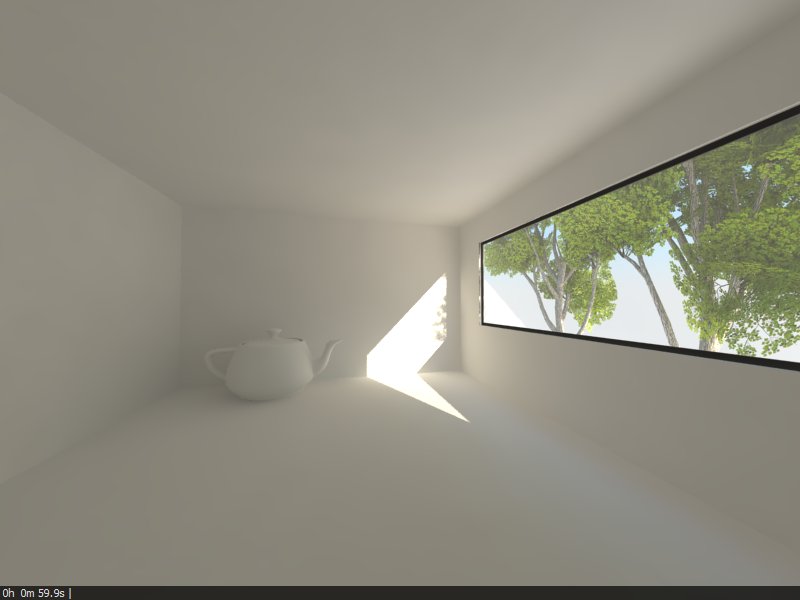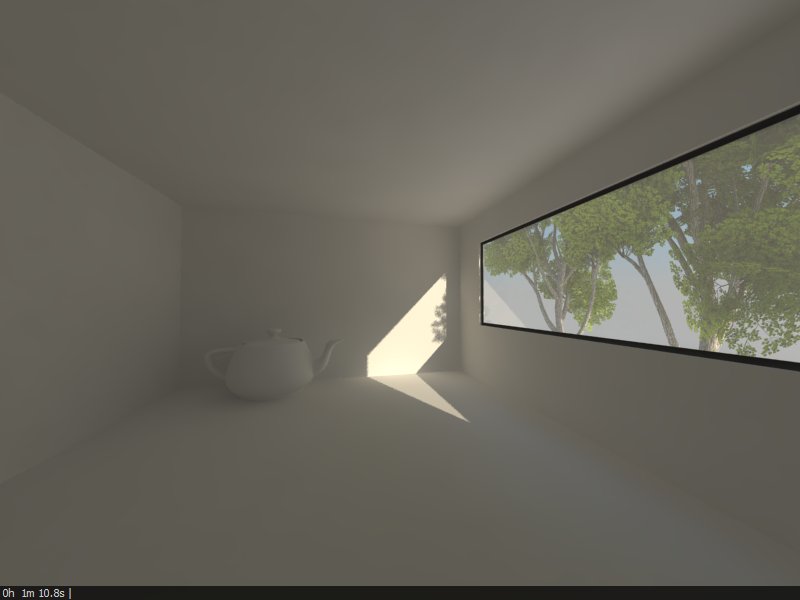Thickness to Glass
-
I have heard conflicting information whether you should make your glass pane have thickness and use refraction. I ran 3 simple tests with the render times. You be the judge.



-
Don't see much of a difference, maybe you can post this file and some others can try same with different renderers.
-
That is my point. It's not worth adding thickness to your glass. It adds considerable time to your renders and there is very little noticeable effect. I have attached the file if you want to see.
-
The only time I add thickness to glass window is when for example I have a close up of a window frame. Anytime that the glass is very close to your camera view. Otherwise I just add thickness to where I need to see refraction, like a glass table or wine glass.
-
Snell's law will come into play and the result can be a function of the angle of incidence and of course the proprieties of the glass. So if you have two zero thickness faces with the typical SU nothing in between you may not see any thing

-
Not if you remove refraction layer all together. This is very common in rendering. Even Maxwell has a AGS which is a simple clear material with reflection.
-
Don't use refraction of you only use a single face. That'll make everything behind it appear to be within an infinity thick block of glass. You know when you see a stick stuck into water, how the lines angle off where it intersects the water? That's the type of artefacts you'll get with single face with refraction.
(Include that in your test as well - seeing objects through the glass.)
I rarely bother with refraction unless it's really close up organic glass object - or I need frosted windows.
-
@mac1 said:
Snell's law will come into play and the result can be a function of the angle of incidence and of course the proprieties of the glass. So if you have two zero thickness faces with the typical SU nothing in between you may not see any thing

As long as it forms a front face/ back face combo - it is read as one volume and the refraction exits the other side correctly. If you somehow have one face flipped - you'll see the problem thomthom mentions where everything behind the glass looks like it's in the glass.
-
I made another set based on ThomThom's suggestion. Findings - adding refraction reduces the amount of light that will come in through the glass which is a product of the IOR I am sure. I used the defaults. This along with the added render time leads me to the conclusion to not give thickness to glass and stay clear of refraction for windows. The one advantage I can think of is being able to save out your refraction channel which might be useful in post processing, but that's all.


-
This is an excellent study Matthew. Thanks.
-
it is a nice reminder not to give the glass any thickness, when you're doing an interior shot.
however i would still opt for giving the glass thickness, when you're doing a shot from exterior (double faded reflections in the windows).
Advertisement







